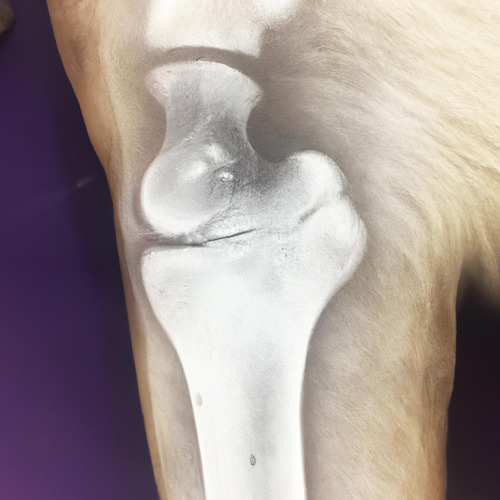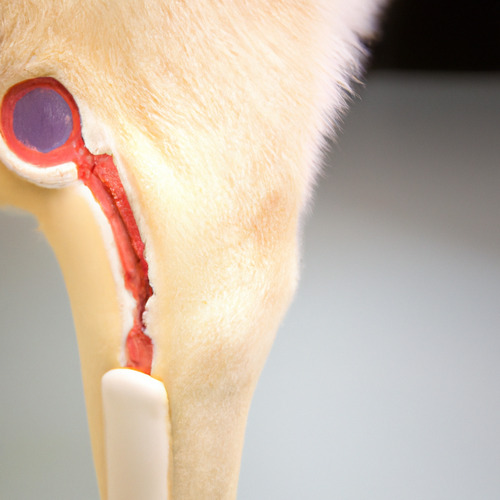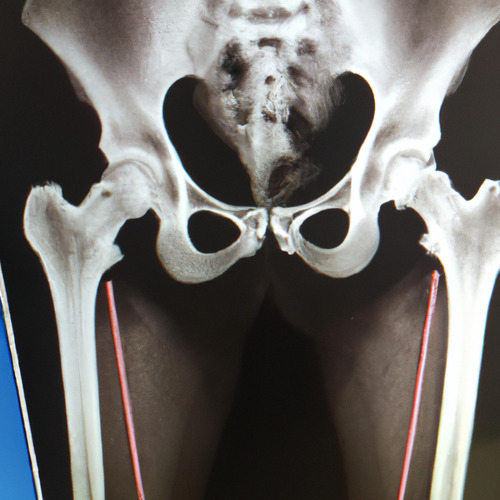A Pet Parent's Guide to Osteochondritis Dissecans in Dogs
health
Osteochondritis Dissecans, or OCD, is a common health condition that affects the joints of dogs. If you're not familiar with dogs, their joints are the parts of their body that allow them to move and bend, like our elbows and knees. OCD happens when the cartilage, which is a cushion-like material that covers the ends of bones in a joint, separates from the bone. This separation can cause pain, lameness, and eventually lead to arthritis (inflammation in the joints).
Breeds Affected
Dogs of certain breeds and sizes are more likely to develop OCD. Large and giant breeds, such as Great Danes, German Shepherds, and Saint Bernards are commonly affected, but small breeds can also be affected.
Symptoms of OCD
- Limping or stiffness in the affected joint
- Pain or discomfort when the joint is used
- Swelling or warmth around the joint
- Difficulty bearing weight on the affected limb
- Intermittent or constant limping
Causes of OCD
The cause of OCD is not entirely understood, but it is believed to be a combination of genetic and environmental factors. Some studies have suggested that certain breeds may be predisposed to the condition due to inherited genetic factors, while others have suggested that rapid growth, obesity, and overuse can also contribute to the development of OCD.
If you suspect your dog has OCD, it's important to take them to a veterinarian. The veterinarian will perform a physical examination, take x-rays, and analyze the joint fluid to make a diagnosis. In some cases, an MRI or CT scan may also be used.
Treatment of OCD
Treatment options for OCD depend on the severity of the condition and the stage of the disease. In the early stages, conservative treatment options, such as rest, physical therapy, and the use of medication may be used to manage the symptoms and slow the progression of the disease. In more advanced cases, surgery may be necessary to remove the affected cartilage and repair the joint.
After surgery, physical therapy and rehabilitation will be needed to help the dog regain strength and mobility.
Prevention of OCD
Prevention of OCD is difficult as the exact cause is not well understood, but some measures that can be taken to minimize the risk of the condition include providing a healthy diet and exercise regimen, avoiding rapid growth, and preventing obesity.
Conclusion
It's important to note that early diagnosis and treatment of OCD can help slow the progression of the disease and prevent long-term damage to the joint. If you notice any of the above symptoms in your dog, it's important to consult your veterinarian as soon as possible.




